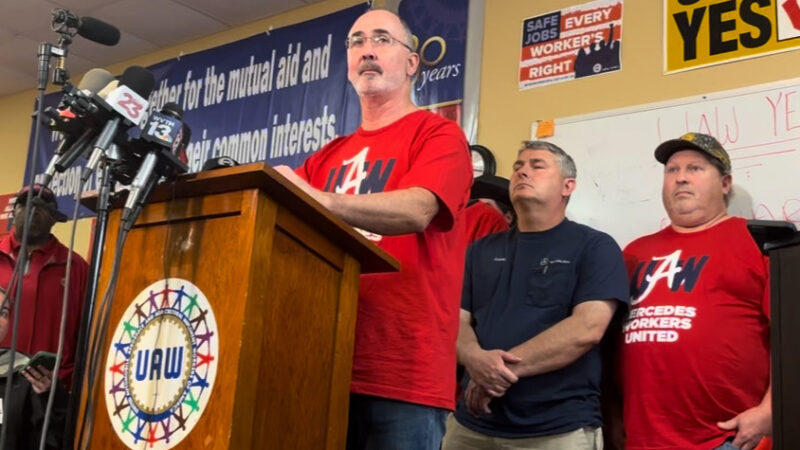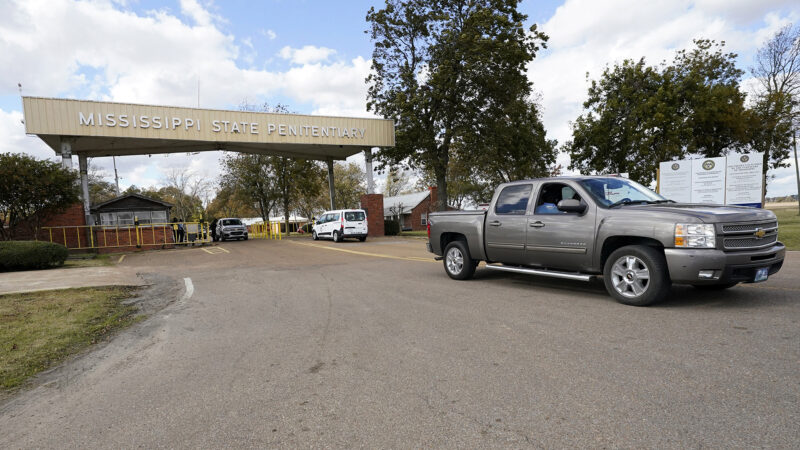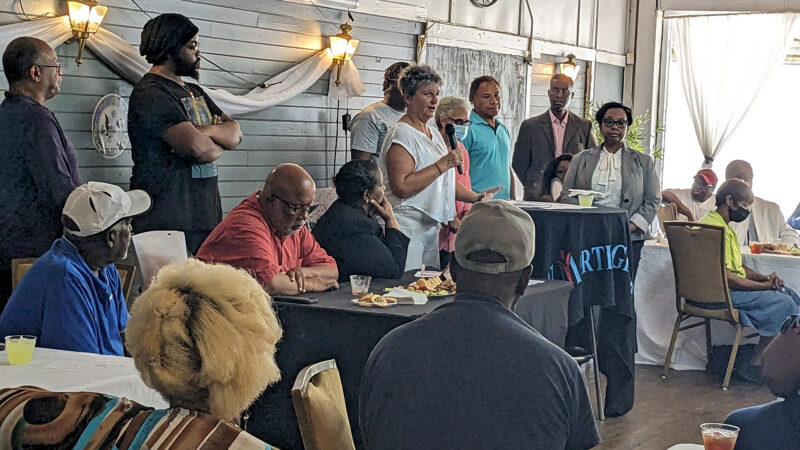Interview: Dr. Robert Corley
Dan Carsen | February 12, 2013
========= Old Image Removed =========Array
(
[_wp_attached_file] => Array
(
[0] => 2015/03/CorleyWBHMmain.jpg
)
[_wp_attachment_metadata] => Array
(
[0] => a:5:{s:5:"width";i:380;s:6:"height";i:434;s:4:"file";s:26:"2015/03/CorleyWBHMmain.jpg";s:5:"sizes";a:7:{s:6:"medium";a:4:{s:4:"file";s:26:"CorleyWBHMmain-336x384.jpg";s:5:"width";i:336;s:6:"height";i:384;s:9:"mime-type";s:10:"image/jpeg";}s:9:"thumbnail";a:4:{s:4:"file";s:26:"CorleyWBHMmain-140x140.jpg";s:5:"width";i:140;s:6:"height";i:140;s:9:"mime-type";s:10:"image/jpeg";}s:9:"wbhm-icon";a:4:{s:4:"file";s:24:"CorleyWBHMmain-80x80.jpg";s:5:"width";i:80;s:6:"height";i:80;s:9:"mime-type";s:10:"image/jpeg";}s:18:"wbhm-featured-home";a:4:{s:4:"file";s:26:"CorleyWBHMmain-272x311.jpg";s:5:"width";i:272;s:6:"height";i:311;s:9:"mime-type";s:10:"image/jpeg";}s:22:"wbhm-featured-carousel";a:4:{s:4:"file";s:26:"CorleyWBHMmain-232x265.jpg";s:5:"width";i:232;s:6:"height";i:265;s:9:"mime-type";s:10:"image/jpeg";}s:28:"ab-block-post-grid-landscape";a:4:{s:4:"file";s:26:"CorleyWBHMmain-380x400.jpg";s:5:"width";i:380;s:6:"height";i:400;s:9:"mime-type";s:10:"image/jpeg";}s:14:"post-thumbnail";a:4:{s:4:"file";s:26:"CorleyWBHMmain-125x125.jpg";s:5:"width";i:125;s:6:"height";i:125;s:9:"mime-type";s:10:"image/jpeg";}}s:10:"image_meta";a:12:{s:8:"aperture";s:1:"0";s:6:"credit";s:0:"";s:6:"camera";s:0:"";s:7:"caption";s:0:"";s:17:"created_timestamp";s:1:"0";s:9:"copyright";s:0:"";s:12:"focal_length";s:1:"0";s:3:"iso";s:1:"0";s:13:"shutter_speed";s:1:"0";s:5:"title";s:0:"";s:11:"orientation";s:1:"0";s:8:"keywords";a:0:{}}}
)
[_imagify_optimization_level] => Array
(
[0] => 1
)
[_imagify_data] => Array
(
[0] => a:2:{s:5:"stats";a:3:{s:13:"original_size";i:187873;s:14:"optimized_size";i:114170;s:7:"percent";d:39.229999999999997;}s:5:"sizes";a:9:{s:4:"full";a:5:{s:7:"success";b:1;s:8:"file_url";s:54:"https://news.wbhm.org/media/2015/03/CorleyWBHMmain.jpg";s:13:"original_size";i:64084;s:14:"optimized_size";i:30528;s:7:"percent";d:52.359999999999999;}s:9:"thumbnail";a:5:{s:7:"success";b:1;s:8:"file_url";s:62:"https://news.wbhm.org/media/2015/03/CorleyWBHMmain-140x140.jpg";s:13:"original_size";i:6544;s:14:"optimized_size";i:4817;s:7:"percent";d:26.390000000000001;}s:6:"medium";a:5:{s:7:"success";b:1;s:8:"file_url";s:62:"https://news.wbhm.org/media/2015/03/CorleyWBHMmain-336x384.jpg";s:13:"original_size";i:25782;s:14:"optimized_size";i:16907;s:7:"percent";d:34.420000000000002;}s:9:"wbhm-icon";a:2:{s:7:"success";b:0;s:5:"error";s:77:"WELL DONE. This image is already compressed, no further compression required.";}s:13:"wbhm-featured";a:5:{s:7:"success";b:1;s:8:"file_url";s:62:"https://news.wbhm.org/media/2015/03/CorleyWBHMmain-380x338.jpg";s:13:"original_size";i:32914;s:14:"optimized_size";i:22796;s:7:"percent";d:30.739999999999998;}s:20:"wbhm-featured-square";a:5:{s:7:"success";b:1;s:8:"file_url";s:62:"https://news.wbhm.org/media/2015/03/CorleyWBHMmain-300x300.jpg";s:13:"original_size";i:19687;s:14:"optimized_size";i:12976;s:7:"percent";d:34.090000000000003;}s:18:"wbhm-featured-home";a:5:{s:7:"success";b:1;s:8:"file_url";s:62:"https://news.wbhm.org/media/2015/03/CorleyWBHMmain-272x311.jpg";s:13:"original_size";i:18583;s:14:"optimized_size";i:12297;s:7:"percent";d:33.829999999999998;}s:22:"wbhm-featured-carousel";a:5:{s:7:"success";b:1;s:8:"file_url";s:62:"https://news.wbhm.org/media/2015/03/CorleyWBHMmain-232x265.jpg";s:13:"original_size";i:14696;s:14:"optimized_size";i:9770;s:7:"percent";d:33.520000000000003;}s:14:"post-thumbnail";a:5:{s:7:"success";b:1;s:8:"file_url";s:62:"https://news.wbhm.org/media/2015/03/CorleyWBHMmain-125x125.jpg";s:13:"original_size";i:5583;s:14:"optimized_size";i:4079;s:7:"percent";d:26.940000000000001;}}}
)
[_imagify_status] => Array
(
[0] => success
)
)
1621577726
1360627200
 Birmingham–
Birmingham–
In this city’s historic Kelly Ingram Park, there’s a statue of Dr. Martin Luther King, Jr. One of the names on the stone pedestal is Robert Corley. Among other things, Dr. Corley taught history at UAB. He was a founding member of the Birmingham Civil Rights Institute board and has served on the city school board. WBHM’s Southern Education Desk reporter Dan Carsen recently sat down with him while researching stories for our special Civil Rights anniversary coverage. Corley says today’s students are missing some of that vital history.
 Birmingham–
Birmingham–






